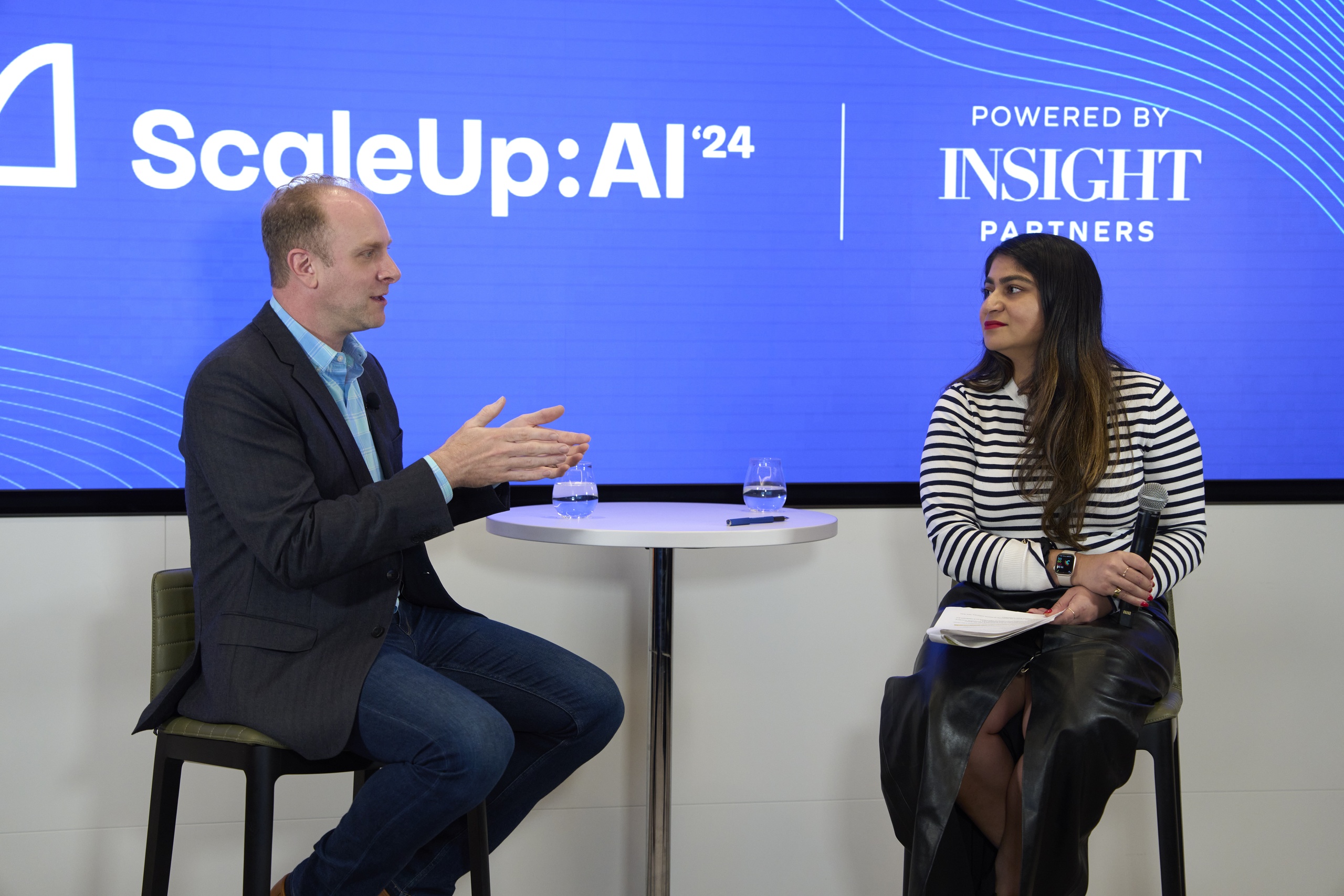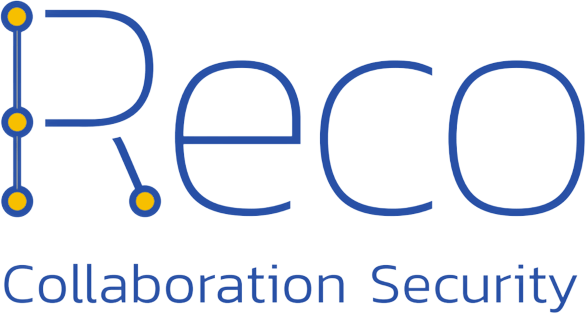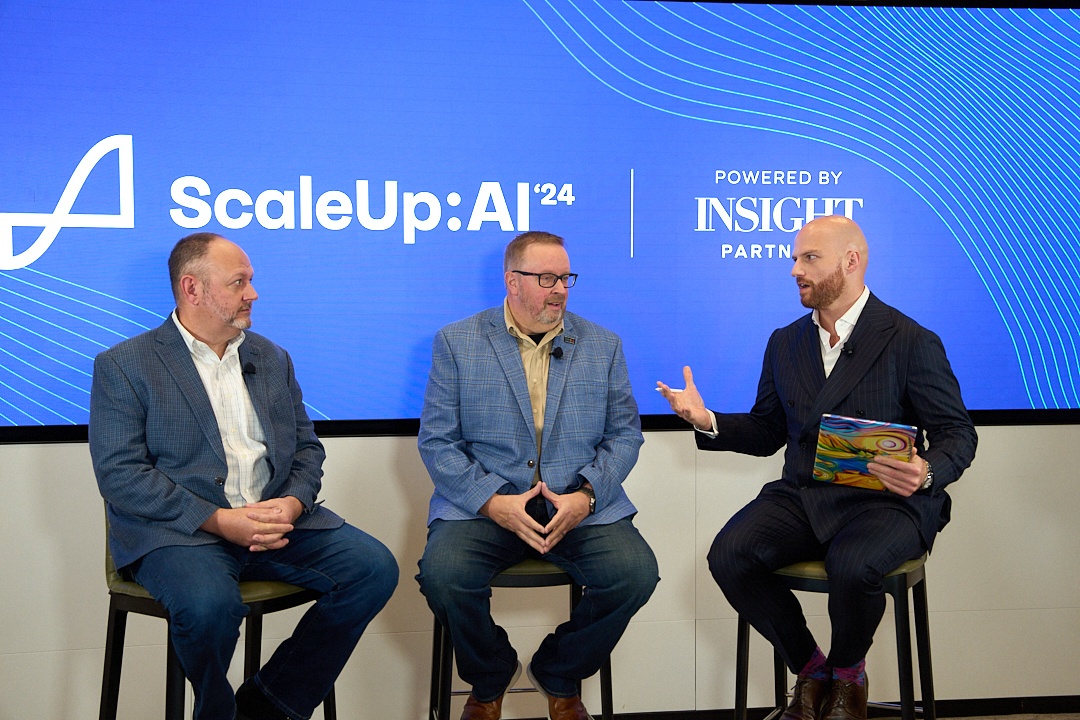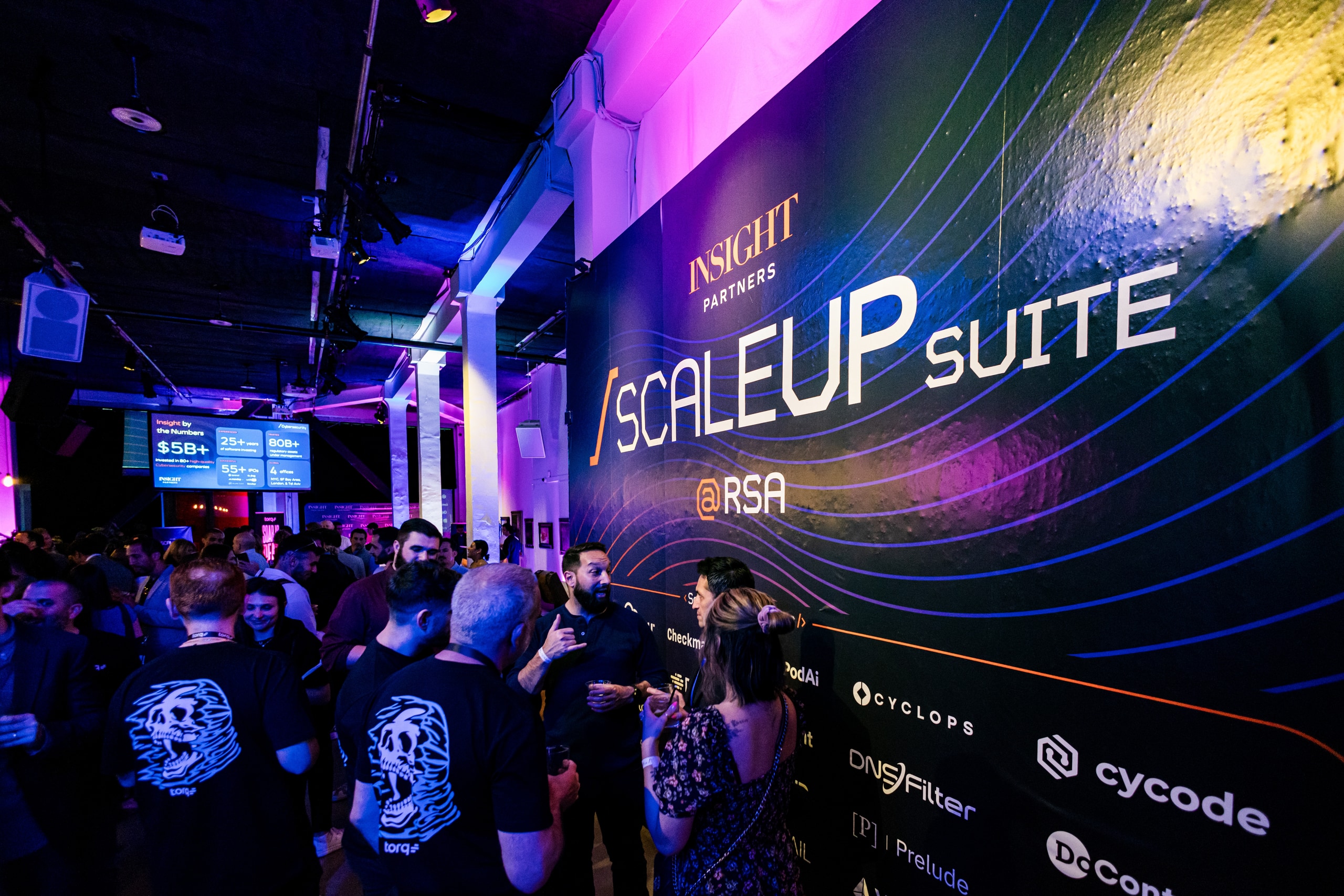The reimagination of everything: Why intelligence-first design will unlock more human reasoning and transform work
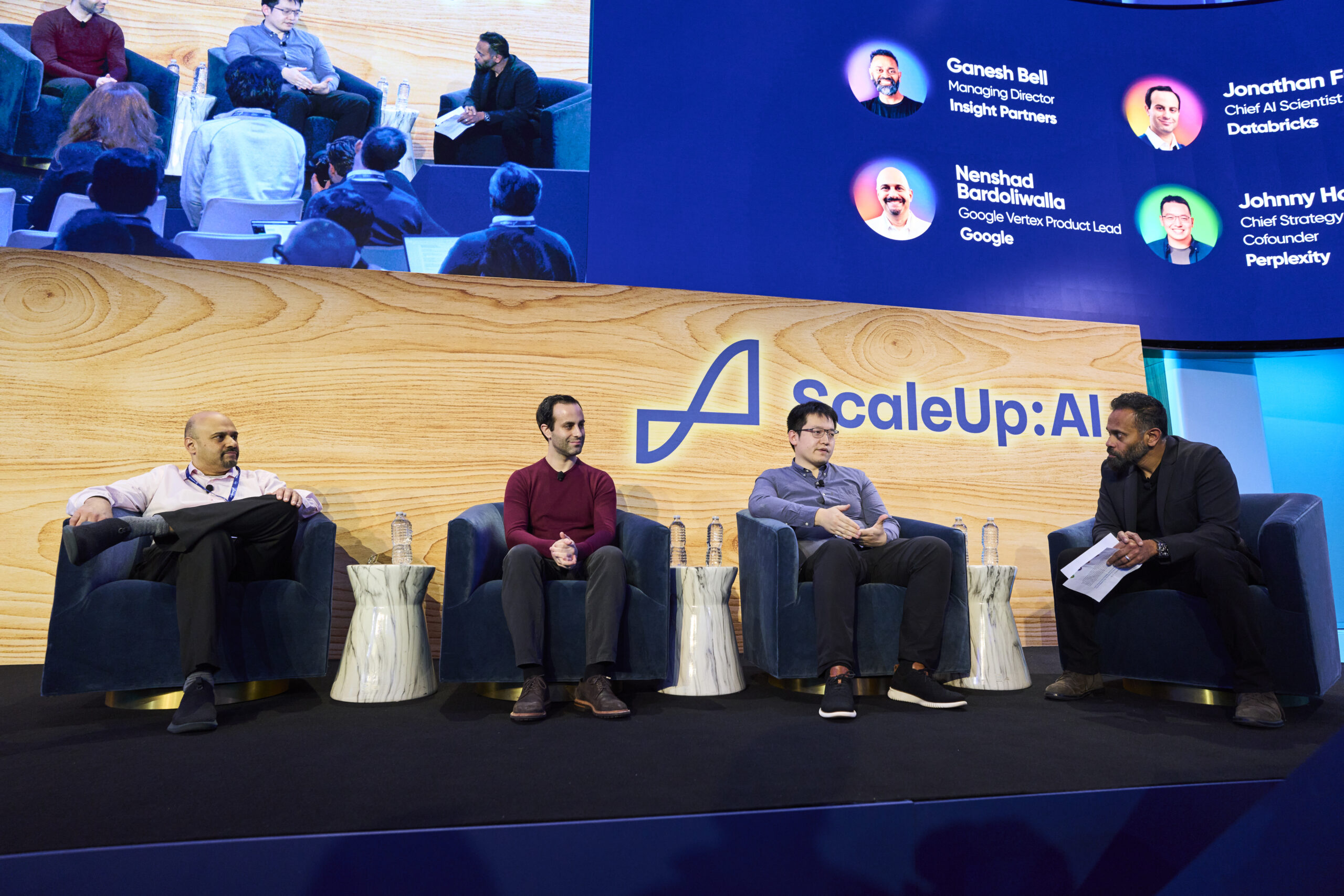
| The Next Stack powered by AI is revolutionizing next-generation app development, reshaping everything from programming models to design patterns. As copilots, autopilots, agentic-apps, and AI coworkers automate cognition and unlock more human reasoning, the future of business operating systems will be transformed, unlocking new levels of efficiency and value.
Experts shared insights on how AI is dismantling traditional development approaches, taking on the “stack fallacy,” and how intelligence-first design forces the reimagination of everything. Key speakers
These insights came from our ScaleUp:AI event in November 2024, an industry-leading global conference that features topics across technologies and industries. Watch the full session below: Key takeaways
The evolution of AI: Incremental progress with transformative impact“Previously, you had very small models that were not really capable of summing large amounts of text, right? So even though the kind of the incremental progress has been, you could say slow, the end impact is huge,” said Ho, describing how advancements in knowledge distillation and search have revolutionized end-user experiences.
“Even incremental changes in model capabilities translate into perceptible quality differences,” he added. Frankle reinforced this perspective, noting, “I look at it as almost just a new kind of compute. In yesteryear, we would have programs that were deterministic. You could write the code. You knew what you were getting, but they were limited because you had to write the code. We have now compute that is fuzzy.” While some may claim we’re on the brink of AGI or superintelligence, the panelists urged caution against “hype.” “The real focus should be on, what can we usefully do with the technology as it stands today, and hope that it continues advancing,” Frankle explained. Generative AI: Communication, creation, and codingBardoliwalla outlined three core areas where generative AI is making significant strides: communication, creation, and coding. “Chatbots today are much better at understanding us and synthesizing information,” he said. For creation, he pointed to tools like Google’s Notebook LM, which transforms written content into podcast-style audio. On the coding front, he highlighted platforms like Replit that dramatically enhance developer productivity.
However, Bardoliwalla emphasized that deploying these technologies is far from effortless. “The fallacy in the industry is that you can be a developer, and you can write some prompts, and you can get stuff back from the model, and we’re done. That is absolutely not the case for real production applications. There is still a significant amount of prompt engineering evaluation tuning and deployment model monitoring.” The re-imagination of searchFor Ho, the rise of AI marked the ideal moment to rethink search. “Initially, maybe you could ask questions about your data, or you could do like a very small vertical search. But now, with the advent of AI, you can a more broad horizontal search and then build into that instead of starting at very small scoped problems,” he said. By integrating AI into the search stack, Perplexity has been able to simplify complex workflows and accelerate user impact. Balancing incrementalism and moonshotsReflecting on AI’s potential, the panelists highlighted the importance of balancing practical, incremental progress with bold innovation. “Leave some budget to pick a part of your business that you’ve never been able to tackle before, where you could do something really interesting that’s never been tried before, and I think you may be able to bring business value,” Bardoliwalla advised. Frankle added a note of caution for startups and enterprises alike: “Be realistic about your valuations and the promises you make. Overpromising today can lead to significant challenges tomorrow.” Solving “boring” problems, driving real changeAs the session concluded, Frankle summarized the sentiment: “The real value of AI lies in solving boring problems — those incremental, everyday challenges that drive meaningful change.” Whether it’s improving search, streamlining workflows, or enabling new modes of communication, intelligence-first design is unlocking human potential and transforming work in profound ways. The future of AI may be incremental, but its impact will be anything but small. Watch more sessions from ScaleUp:AI, and see scaleup.events for updates on ScaleUp:AI 2025. Insight has invested in Databricks. |

